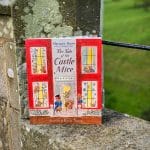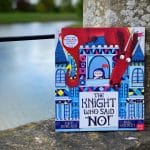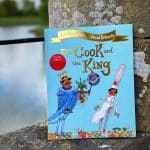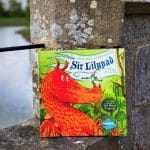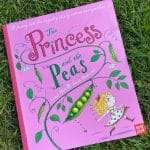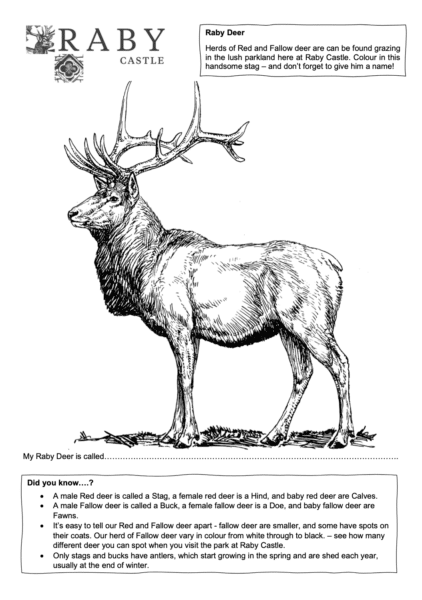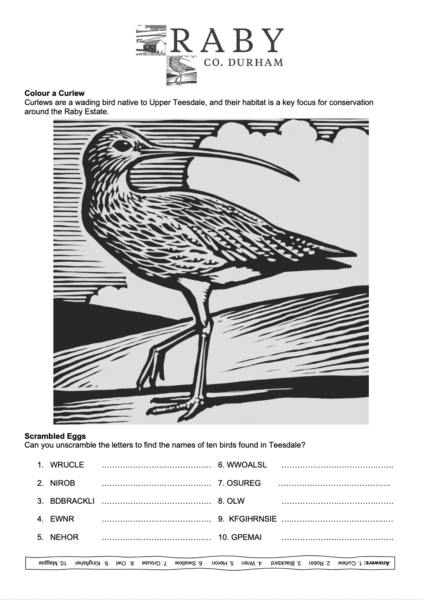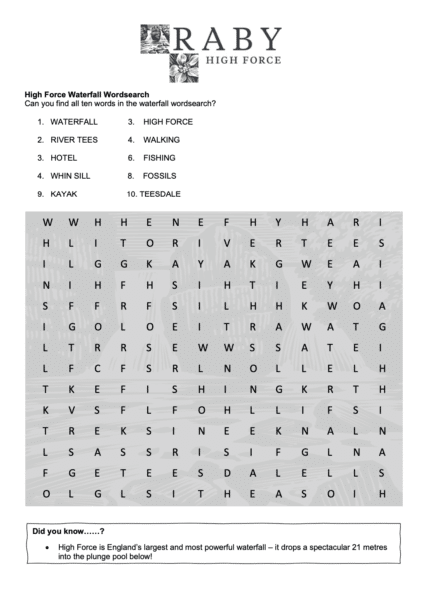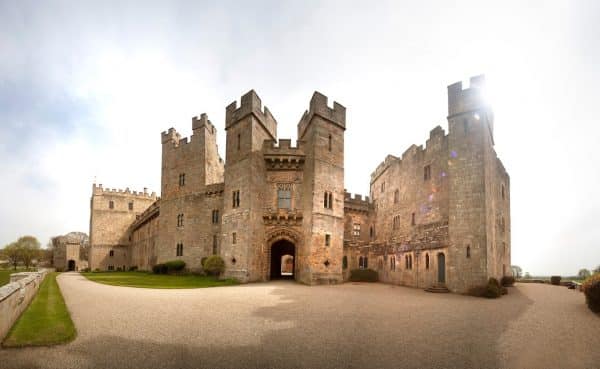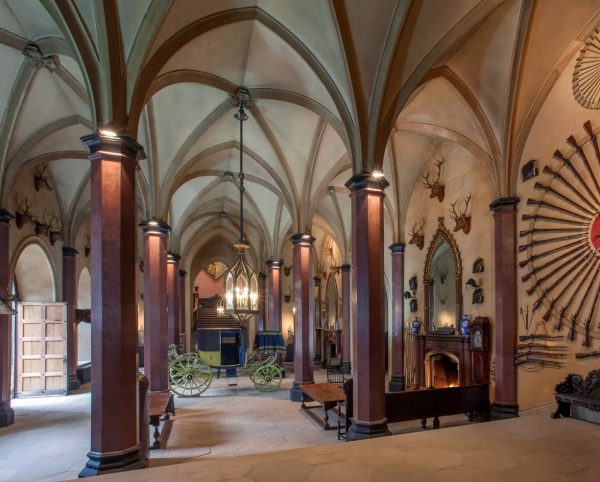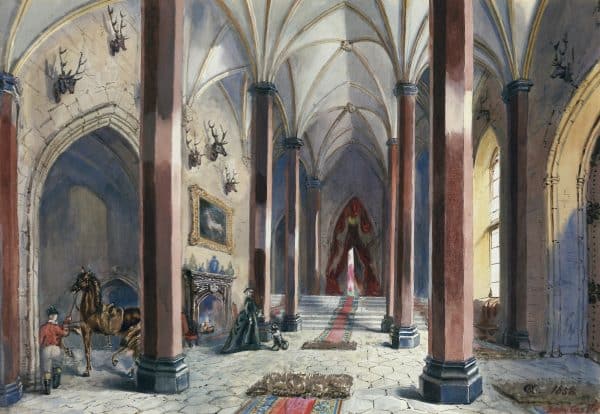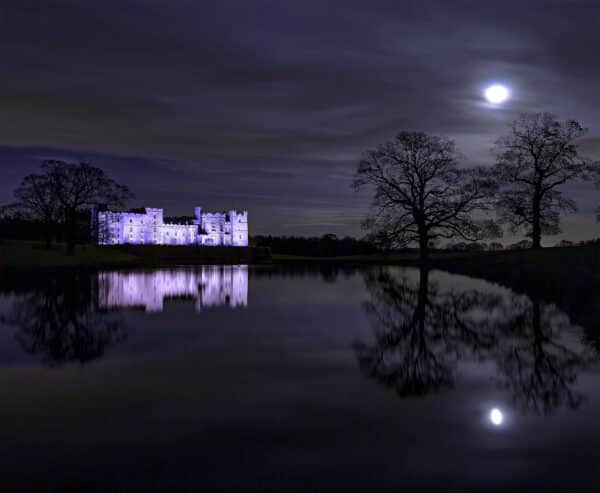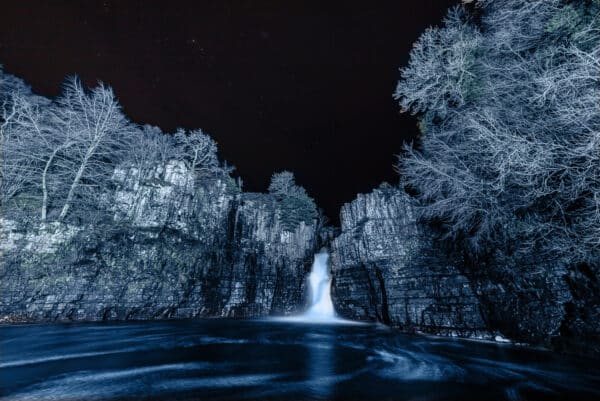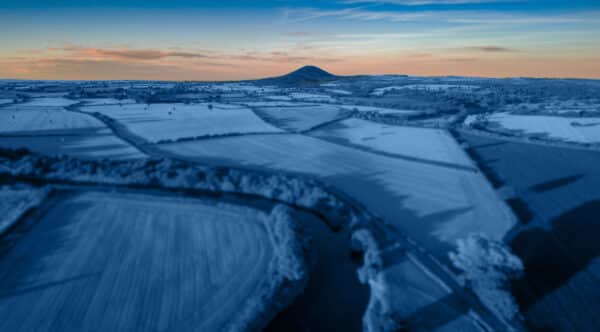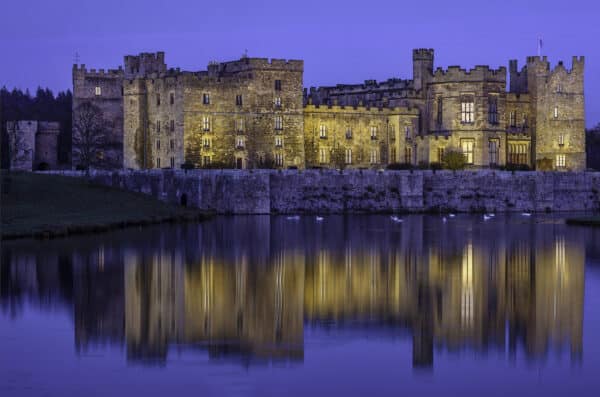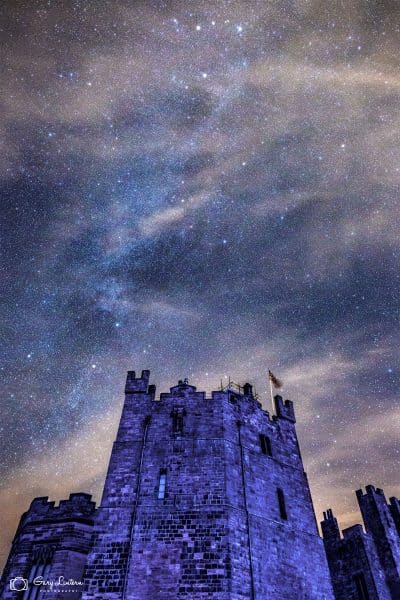County Durham is home to many magnificent Castles, including Barnard Castle and Raby Castle, which are just a stones throw from one another.
Perched above the river Tees, the remains of the once imposing Barnard Castle, found in the Teesdale market town of the same name, can be seen from the riverbank.
Just a few miles away in Staindrop, is the magnificent Raby Castle, a popular visitor attraction, with extensive walled gardens and deer park. Impressive in their own right, there is much that links these two sites.
Barnard Castle, was built by the Balliol family who were given the land during the upheaval following the Norman Conquest. The castle had a succession of owners before passing into the hands of the Nevill family by marriage in the 15th century. The powerful Nevill family owned nearby Raby Castle among other vast properties and estates. With only seven miles between the two castles, both sites feature prominently in the story of the Wars of the Roses.
Richard Duke of Gloucester (who later became King Richard III) acquired the Lordship by marriage to Anne, the widow of Richard Neville, the Earl of Warwick (known as ‘the Kingmaker’). Richard had strong associations with County Durham and significant support in the north. His mother Cecily Nevill was born at Raby Castle, and his father Richard Duke of York was brought up there as a ward of the Earl of Westmorland. Barnard Castle became the favourite residence of Richard Duke of Gloucester who had planned to expand and develop the castle after becoming King. His plans never came to fruition as he was killed at the battle of Bosworth Field in 1485.
Along with Raby Castle, Barnard Castle remained under the ownership of the Nevill family until 1569 when their lands and property were confiscated by the Crown after the failed ‘Rising of the North’; a plot to dethrone the protestant Queen Elizabeth I and replace her with her Roman Catholic cousin, Mary Queen of Scots. Both castles remained the property of the Crown until they were sold to the courtier and MP, Sir Henry Vane the Elder in 1626. After this time, Barnard Castle, was gradually abandoned as a residence.
Raby Castle is one of the most intact castles in the North of England. Its completeness is of national significance as a largely single-phase structure, with one twelfth century survival (Bulmer’s Tower). Some of the stonework from Barnard Castle is thought to have been re-used in alterations and extensions at Raby. Writing in 1870 the Duchess of Cleveland’s Handbook for Raby Castle notes that an old inventory taken in 1593, describes Barnard Castle as “… bare of all furniture, and some of the locks of the doors carried away to Raby”. It would be fascinating to research whether these glimpses of Barnard Castle incorporated in Raby Castle can be traced.
The collections at Raby Castle also show many links with Barnard Castle. This little watercolour of Barnard Castle by an unknown artist shows the charming views of Barnard Castle that can be seen from the riverside, giving a sense of how impressive the original structure would have been.
The painting is displayed in one of the rooms at Raby Castle that visitors can experience as part of the ‘Behind the Scenes’ tour. Although the castle is currently closed, we look forward to welcoming visitors to find out more about the links between the two castles when we reopen to the public.
For more information subscribe to our newsletter.


